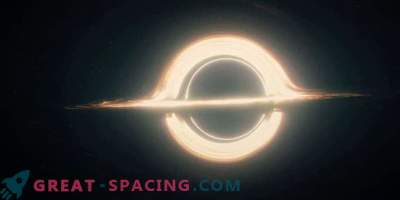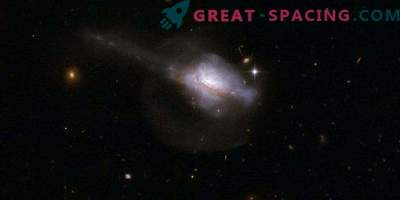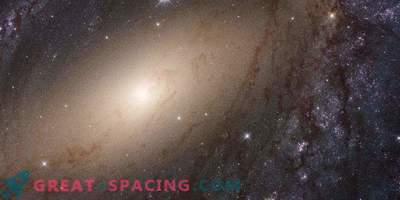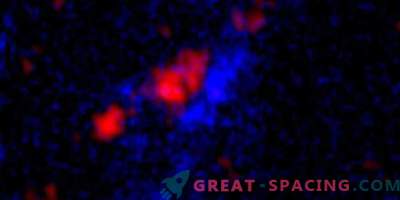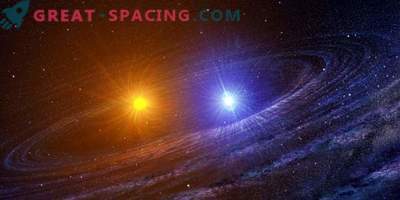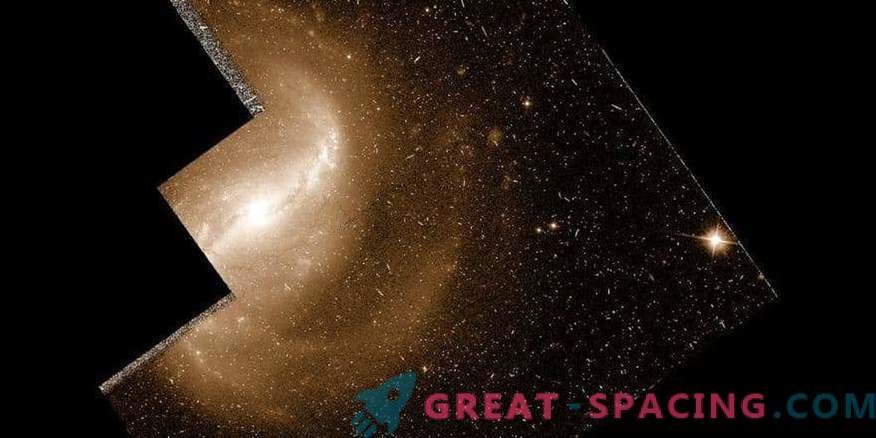
Galaxy NGC 2718 in optical observation. When studying the activity of star formation, scientists noted the relationship between the number of stars present and the rate of birth of new
The larger the number of stars possessed by a spiral galaxy, the more intense new stars appear on its territory. Scientists began to call this pattern “main sequence galaxies”. This may be due to the fact that a larger number of stars implies a greater presence of everything, that is, the material necessary for the formation of objects. Perhaps, here the mechanisms occur much more efficiently or there are unknown reasons.
Creating stars in spirals results in a huge ultraviolet flux that is absorbed by dust and re-emitted at infrared wavelengths. This allows you to calculate the exact amount of warm dust. When exploring distant objects, it is not possible to rely on visible observation, so these flows allow you to look much deeper into space and examine ancient objects. Recently, CfA astronomers have studied the “main sequence” on 246 star-forming galaxies. They also focused on specific areas, including bright knots and twisted regions, to see if they followed the main sequence. If yes, then answered completely or something different? In previous studies, it was found that the correlation between galaxies differed due to subtype, age, and other characteristics.
Scientists from CfA say that even with a wide range of stellar masses, the relationship between the stellar mass and the star birth rate remains very significant. This was confirmed even at the level of small galactic regions, including near supermassive black holes.

